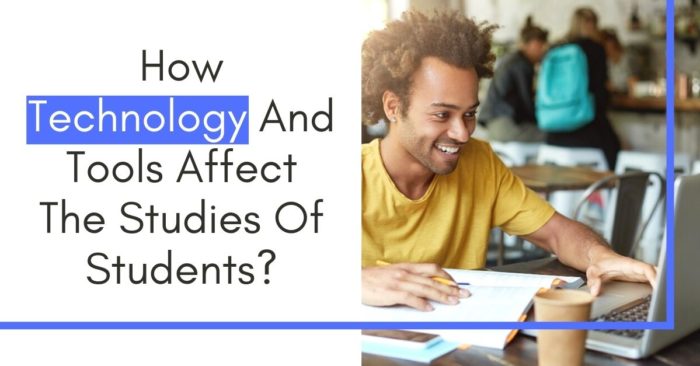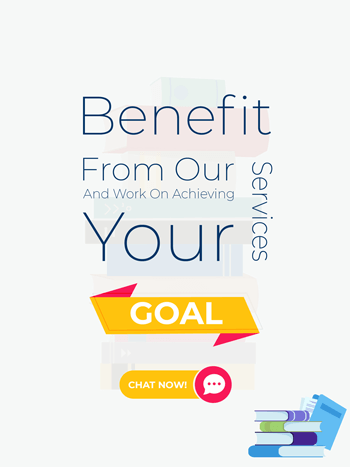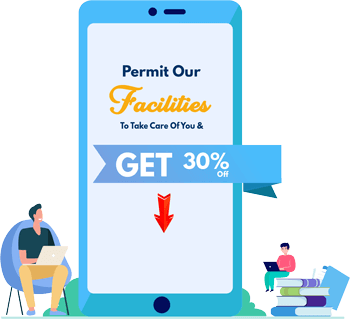How Technology And Tools Affect The Studies Of Students?
Technology has affected almost every aspect of life today, including education. It has profoundly revolutionised the way of teaching. In old times, books were rare, and only elite people could access educational opportunities, and people had to travel to centres of learning to get an education.
But nowadays, massive amounts of information, including audio, books, images, videos, are available at an individual’s fingertips through the Internet. Opportunities for collaboration and communication have also been expanded by technology.
It is one of the most effective tools for this generation to support and transform education in several ways, making it easier for teachers to create instructional materials to allow new ways for people to learn more and work together.
The global reach of new inventions like the internet and smartphones can connect a modern age, anywhere and at anytime. Thus, technology is rising in education. It is dependent on educational technologies and instructional designers to make the most of the opportunities offered by technology and tools to change the education system so that efficient and effective education can be available to everyone everywhere.
However, educational technology doesn’t result in effective learning and teaching easily. It needs a guide and a purpose related to the curriculum. Also, it requires some strategies and efforts to integrate it efficiently. If used effectively, technology can change from a distraction to a useful teaching tool.
How Technology And Tools Impacts Learning?
Here are the few aspects that show that how technology and tools impact the learning of a student.
1. Technology Can Enhance Student’s Engagement
Educational technology and tools can make learning more collaborative and interactive. It can help students better engage with course material. It can be as simple as attempting an interactive quiz in class or contributing in group discussions or as involved as practicing science experiments in a virtual lab or playing educational games.
But to truly enhance engagement, learning should be interactive. Doing mathematics assignments on a desktop screen isn’t any different than doing it with a pencil and pad of paper. By using augmented reality to take math, the challenge is another thing. For some students, interaction offers a better learning experience. The chances are limitless for teachers, from using innovative tools to explain how a storm comes to utilising virtual reality to see medical procedures.
2. Technology Afford Better Access to Resources
With the invention of the internet, people have no access to information 24 hours a day. It is easy to access anything online, in its most updated version. For students, it means access to everything from educational apps to open resources and interactive entertainment. Students may need guidance on finding reliable resources and ways to offer proper attribution when they utilise them.
Students can also increase their learning by joining virtual communities and online groups in real-time or assisting each other on group projects with tools including cloud-based apps and wikis.
Teachers can also offer access to course material and additional resources by organising portals via learning management systems or allowing access to course-specific software for each learner. Combined learning is a mixture of face-to-face learning, and classroom technology is a well-known technique of organising things.
3. It Promotes Innovative Teaching Methods
Technology has changed the way to receive information, however also how people can teach that information. Professors have become more of a ‘guide on the side’ and less of a ‘sage on the stage.’ From retrieving course materials online to viewing lecture video recordings, technology opens up the option for teaching through innovative methods, from hybrid classrooms and collaborative group work to flip. Teachers can also use classroom response systems to evaluate students’ understanding of course material and manage the pace or content required in real-time.
4. Technology Encourage Self-Paced Learning
In the traditional classrooms, students struggled to learn about new concepts that could even quickly fall behind. With the invention of technology and online assignments, students can now utilise more at their own pace. Those students who need extra help or more time can exercise outside of class with provided guidelines or additional coursework. Also, the students who want more of a challenge can access resources online whenever they want to.
Teachers can also determine how many students may need extra help. The self-paced learning method also helps students learn digital literacy and advanced skills useful for them when they enter the workforce.
5. Long-Distance Learning Access
With hectic schedules, it has become tough yet essential to improve the students’ skill set. With virtual lessons, education is becoming more convenient and relevant than ever. Now, students can manage their time and learn in their suitable time slots. They can also undertake courses that are outside their course curriculum for improved knowledge.
6. Immersive Learning
You may agree that classroom learning is not only about textbooks and chalkboards. Students today desire a more immersive experience. With so many questions in mind, like what makes the moon round? There seems to be no end to all the questions they come up with. Technology helps teachers to build augmented reality-based tutorials that can virtually transmit crucial information to the students.
7. Gamification
Games can create the learning experience much more pleasant. They can make a classroom active and help in prompt personification. Various technology tools can be used for gamification to help students understand difficult subjects like math. It can also enhance their participation, encourages collaboration and engagement, and develop a way for improved context-based learning.
A Final Takeaway!
Technology sometimes seems a threat as it has no limits. While integrating it into your teaching practice allows a new method for students to engage and interact with course material and other resources. It helps in better learning outcomes. However, it can sometimes become tough for students to do complex assignments, coursework, and essay. Thus, several academic service providers are available online who help students deliver their best work.
They provide help in multiple areas of subjects like mathematics, statistics, and more and offer operating systems assignment help. So, you can contact the experts to attain the highest scores in the class.



